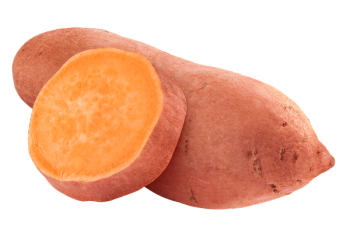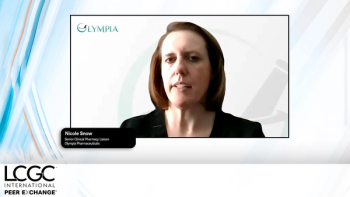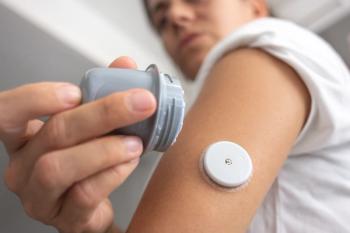
GC–MS Session
Tuesday morning and afternoon presentations taking place in the Daffodil Room highlight the use of GC–MS for analysis of multiple constituents in hydrocarbons, as well as a workshop for the use of pyrolysis in GC and GC–MS.
Tuesday morning and afternoon presentations taking place in the Daffodil Room highlight the use of GC–MS for analysis of multiple constituents in hydrocarbons, as well as a workshop for the use of pyrolysis in GC and GC–MS.
At 10:35 am the session begins with “Analysis of Acrylic Adhesives Using Pyrolysis-GC–MS,” presented by Itsuko Iwai of Frontier Laboratories, Terry Ramus of Diablo Analytical, and Rojin Belganeh, and Robert Freeman of Frontier Laboratories. This presentation provides a method for direct quantitative and qualitative analysis of acrylic adhesives applied to backing (or dicing) tapes used during silicon wafer dicing. Multi-mode Pyrolysis GC–MS was applied for direct analysis of adhesive composition without the requirement of sample preparation. The method described is useful for compositional analysis directly from the adhesive sample.
At 1:00 pm the session continues with “Novel Quantitation Method Development for Asphaltene Inhibitor Analysis Using Pyrolysis GC–MS and MS/MS,” presented by Lei (Lyla) Cheng, Tim Bonner, Christopher Durnell, and Casado-Rivera Emerilis of Ecolab. An optimized pyrolysis GC-MS (selected ion monitoring, SIM) technique has been under development for higher sensitivity quantitative analysis and MRM (multiple reaction monitoring) of asphaltene inhibitors (AI). AIs are polymeric additives used to prevent asphaltene aggregation, which will shift the onset pressure of asphaltenes in processing situations. This new method is promising and requires a small sample of less than 0.2 mg, while demonstrating a linear calibration curve from concentrations of 100 ppm up to 1000 ppm. The method is reported to exhibit high sensitivity and repeatability.
The session closes at 1:20 pm–3:20 pm with the “The Pyrolysis Workshop,” presented by Terry Ramus of Diablo Analytical, with Itsuko Iwai, and Rojin Belganeh of Frontier Laboratories.
The two-hour workshop is planned to cover the basics of GC and GC–MS pyrolysis techniques. The methods described are useful for analysis of organic materials such as solids or viscous liquids or pastes. Methods covered in this course include: pyrolysis, evolved gas analysis, heart-cutting, and thermal desorption. Main topics include materials characterization, deformulation, quantitative methods, data analysis, use of MS library searching, and instrument maintenance. Samples discussed include: biomass, polymers, coatings, additives, and oil shale. The presenters describe this course as suitable for novices to advanced practitioners.
Newsletter
Join the global community of analytical scientists who trust LCGC for insights on the latest techniques, trends, and expert solutions in chromatography.





